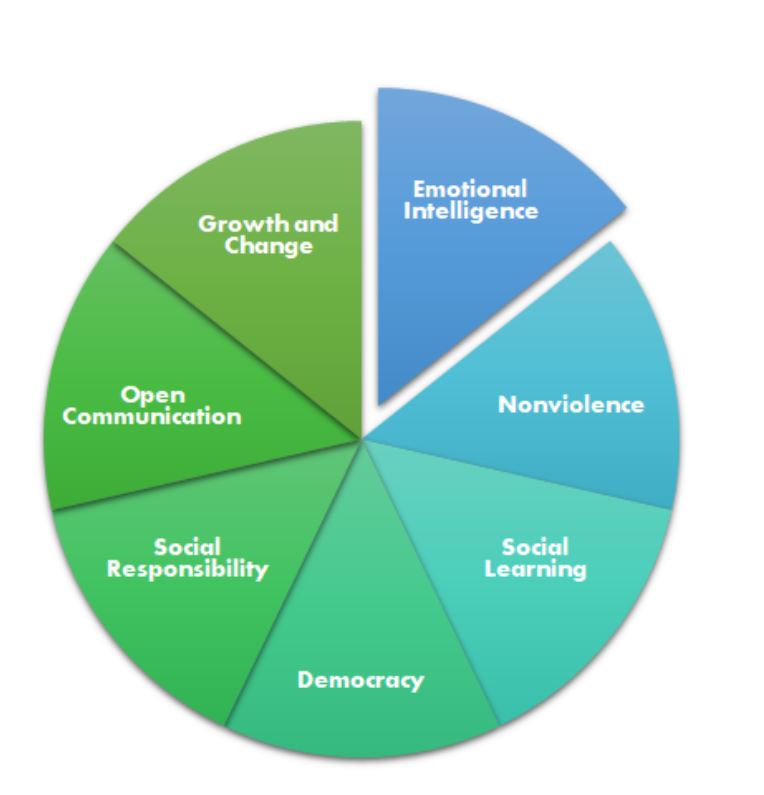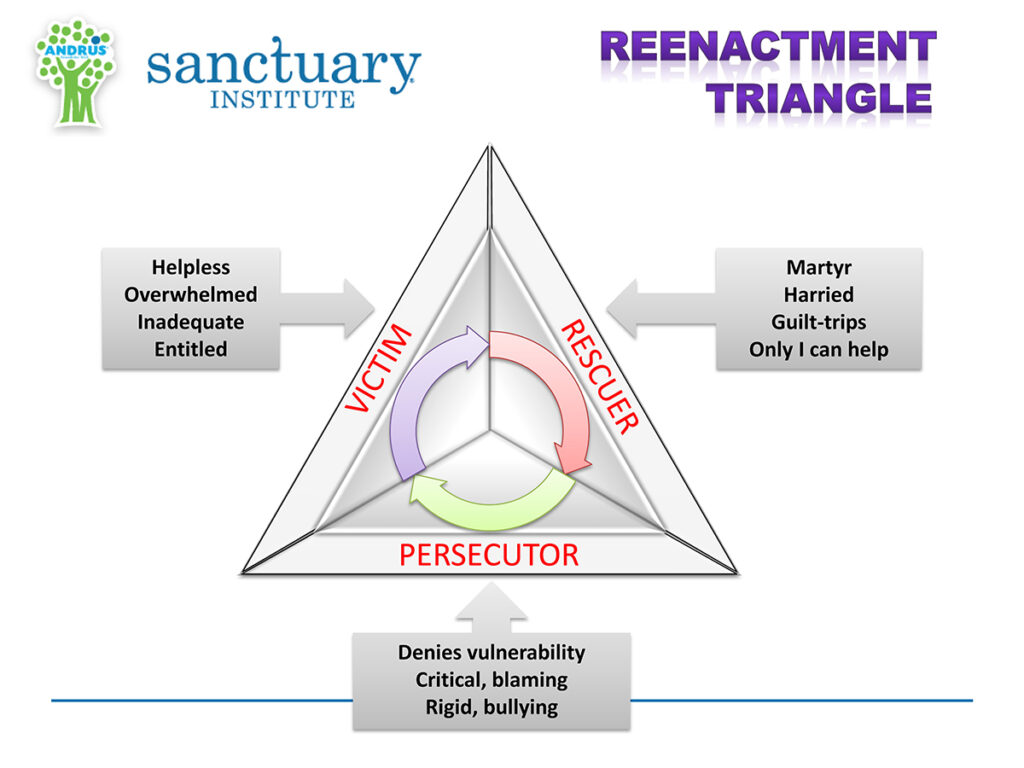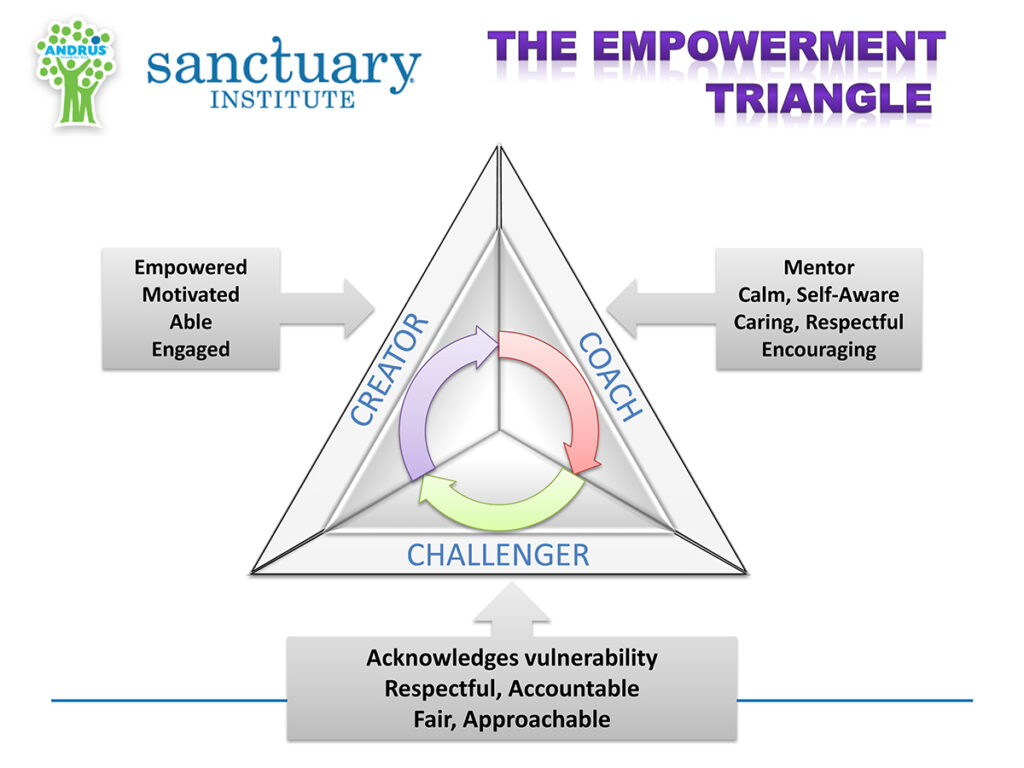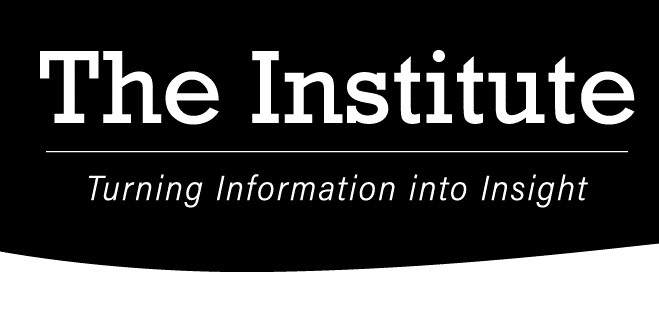The Seven Commitments


Let’s talk about emotional intelligence –
one of the Seven Commitments of Sanctuary
“I wanted to believe, and I did believe, that things would get better. But later I discovered, I guess, that you have to have this sense of faith that what you’re moving toward is already done. It’s already happened. It’s the power to believe that you can see, that you visualize, that sense of community, that sense of family, that sense of one house. And you live that you’re already there, that you’re already in that community, part of that sense of one family, one house. If you visualize it if you can even have faith that it’s there, for you it is already there.”
That is a quote from the late congressman and incredible human being John Lewis. He spoke this in conversation with Krista Tippett, host of an NPR show turned podcast called “On Being.” Feel free to take this quote, or leave it, and delete this email. To learn more about what this idea of living as if something is already real has to do with Sanctuary and the commitment of Emotional Intelligence, read on.
The Seven Commitments: Focus on Emotional Intelligence

The Seven Commitments of Sanctuary are interconnected with the entire model. The commitment to nonviolence is integrated with emotion management from the SELF framework. Emotional intelligence is essentially the ability to truly understand, and engage with, our emotions as well as the emotions of others. (If you want to talk about Dan Goleman, the Fetzer Institute, and Parker Palmer, message me; I could go ON and ON about all of this). In the Sanctuary Model, emotional intelligence is “recognizing and anticipating the influence that emotions have on behavior and using that information to guide practice.”
This part of Sanctuary can help those of us who have internalized, for any number of reasons (I could go on about this, too), the idea that emotions are useless fluff to be ignored in favor of reason. The neurobiological truth is that emotions are incredibly important data points given to our consciousness by our body and that contemporary human beings are generally pretty terrible at interpreting them.
One reason for this is that English does not have a wealth of terminology to describe emotions. Most people will identify the glad-sad-mad trifecta and think this covers everything. It certainly does not. Other languages such as German and Japanese are much better at what emotion researchers call emotional granularity – using terms to identify with as much precision as possible what we are feeling. Consider the Japanese term kuchisabishii, which translates to “lonely mouth” and is a term for the mindless snacking that contributes to a host of health problems. For a fun and extensive list of descriptors for things you might never have thought about in terms of emotions, visit Jonathan Cook’s emotionalgranularity.com.
Another reason we are not very good at interpreting the data of emotions is, you guessed it, trauma. As mentioned in a prior post about trauma theory in Sanctuary, a sense memory can trigger a whole body response in a way that is unintelligible to the thinking mind, and just talking about it might not work because the part of our brains that puts words to things might be absolutely in the dark about what is going on. For example, let’s say I walk into the building one day and I see someone with whom I need to have a potentially challenging conversation. I feel very uncomfortable, so I dip into the bathroom. Suddenly, I’m freaking out a little bit, and before you know it I get a headache. Then I see a friendly face and am asked, “How’s it goin?” I may say, “Fine,” and just plow through the day, irritated and on high alert. Or I may unload on the friendly face and say: “That person gives me a headache! They’re so difficult!” Either way, how do you think my challenging conversation is likely to go later?
What I did in that example is succumb to the reenactment triangle. My body, due to trauma or exhaustion or whatever, interpreted feeling uncomfortable about a potentially challenging conversation as being unsafe. Suddenly, I’m feeling victimized by something that hasn’t even happened yet! And persecuting someone else for it! If the friendly face jumps in to save me, I’ve drawn them in to be my rescuer. This is how the reenactment triangle feeds itself. Now imagine that the friendly face I’ve unwittingly drawn into my reenactment is someone who reports to me. Rescuing makes them feel valuable and needed to their supervisor, so their tendency to jump in grows, further feeding the reenactment triangle. And remember, the potentially challenging conversation had not yet happened.

It is so easy to see how much of the health care industry is one big reenactment triangle. Imagine Epcot’s Spaceship Earth, a huge geodesic sphere, constructed of the reenactment triangles of patients, families, staff, community members, media, and so on. This is not unique to The Wright Center, not by any means; but, still, our culture is ours to fix.
So what can we do?
First, I have to say that if we are thinking about Sanctuary as a means of correcting behavior we don’t like in other people, we are missing the point entirely. That thought process is itself a reenactment triangle, placing the self in the victim role, the person we hope Sanctuary fixes in the persecutor role, and Sanctuary in the rescuer role. This whole thing starts with our emotional intelligence as applied to ourselves. What are we triggered by? What happens to us when that occurs? How do we contribute, however unknowingly, to reenactment triangles? How might we start to disentangle ourselves? Live as if, and we will see the community rise.
Let’s go back to the example above, but see it through the lens of applied emotional intelligence. I walk into the building one day, see someone I need to have a potentially challenging conversation with, and I feel very uncomfortable, so I dip into the bathroom. “OK, Meaghan, we’re avoiding. We’re in flight. Good awareness. Uncomfortable does not equal unsafe. Deep breaths.” I may still freak out a little bit, but I’ve avoided a headache. I stretch a little bit because I know that sometimes helps me to feel more relaxed. Then I see a friendly face in the hallway and am asked, “How’s it goin?” I may say, “OK, how are you?” And then just plow through the day, a little concerned about the potentially challenging conversation later, but aware that it is bothering me, so at least I can get ahead of it and take breaths and stretch as needed. I might admit my feelings to the friendly face and say, “I’m a little on edge because I have a potentially challenging meeting later.” That person might ask if I need help or something, and at that point I can assess whether or not I need help and what I need help with; but either way, I’ve slowed my reactivity down and not drawn someone else into a reenactment. How do you think my challenging conversation is likely to go?
Just as there is a reenactment triangle, there is an empowerment triangle. The empowerment triangle gives us options other than victim-persecutor-rescuer. We can coach, create, and challenge ourselves and others. In the second version of my scenario, I challenged myself and played coach by acknowledging that I was in flight and encouraging myself to breathe. If I asked the friendly face for advice on how to deal with a challenge, we are creating solutions together, and I have pulled that person into a creator role. Imagine the value of this to that person and to me, especially if they report to me.

Interrupting habits takes persistence and will be worse before it gets better. The first thing we all must do is protect our own energies by becoming aware of our own triggers, our own unmet needs, and our own habits of engagement. Which triangles come up for us and when? How often? What do we need to help self-soothe in healthy ways so that we can re-engage?
Are we willing to live as if Sanctuary is already happening? If so, we’ve already won.
Quick Tip
None of this is easy. Interrupting the habit of reenactment takes a lot of intentional energy and focus. There is one sort of quick trick that can interrupt thought patterns. The words we use add emotional color to the things we say. Typically we say “what is wrong with me?” or “what is wrong with you?” This assumes fault. We can cultivate a more curious, and therefore less angsty space, by instead asking “what is happening for me?” and/or “what happened to you?” This change in words is incredibly powerful both for ourselves and for others.

Meaghan P. Ruddy, Ph.D.
Senior Vice President
Academic Affairs, Enterprise Assessment, and Advancement,
and Chief Research and Development Officer
The Wright Center for Graduate Medical Education









